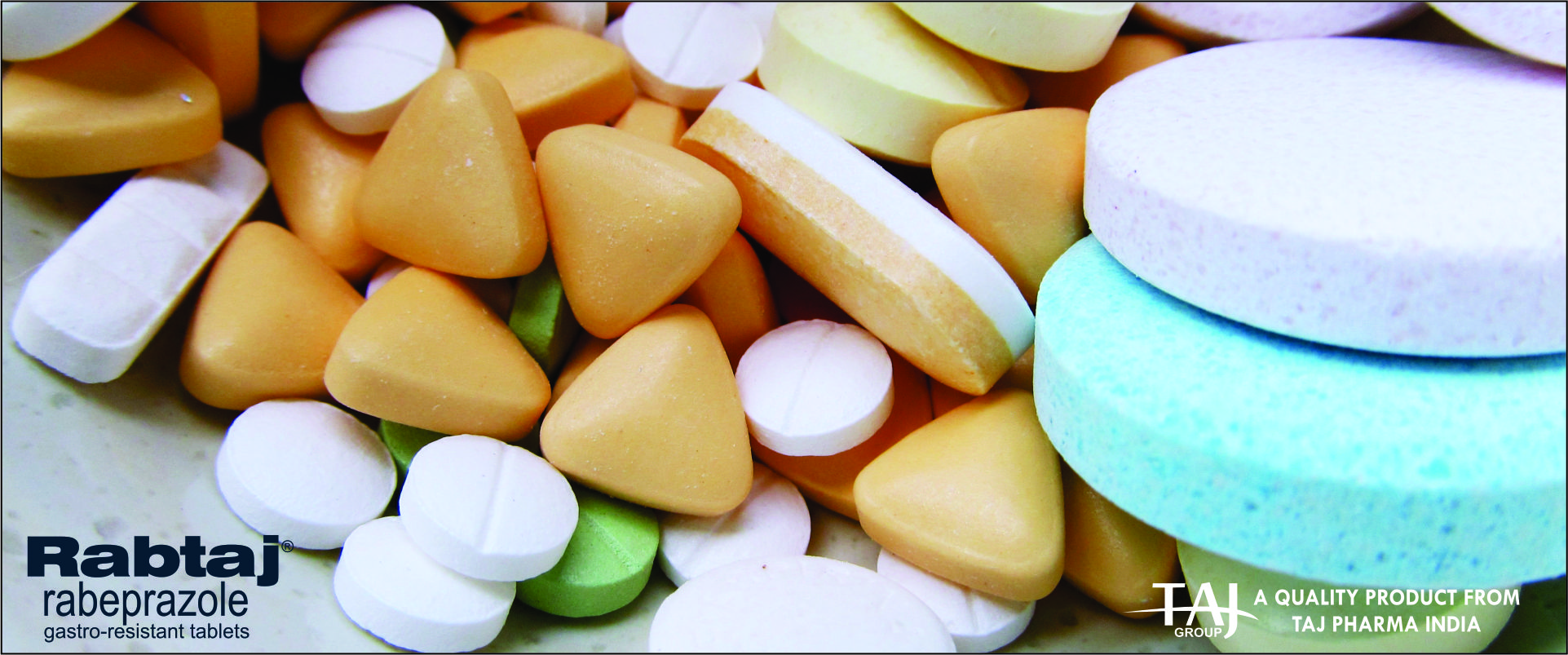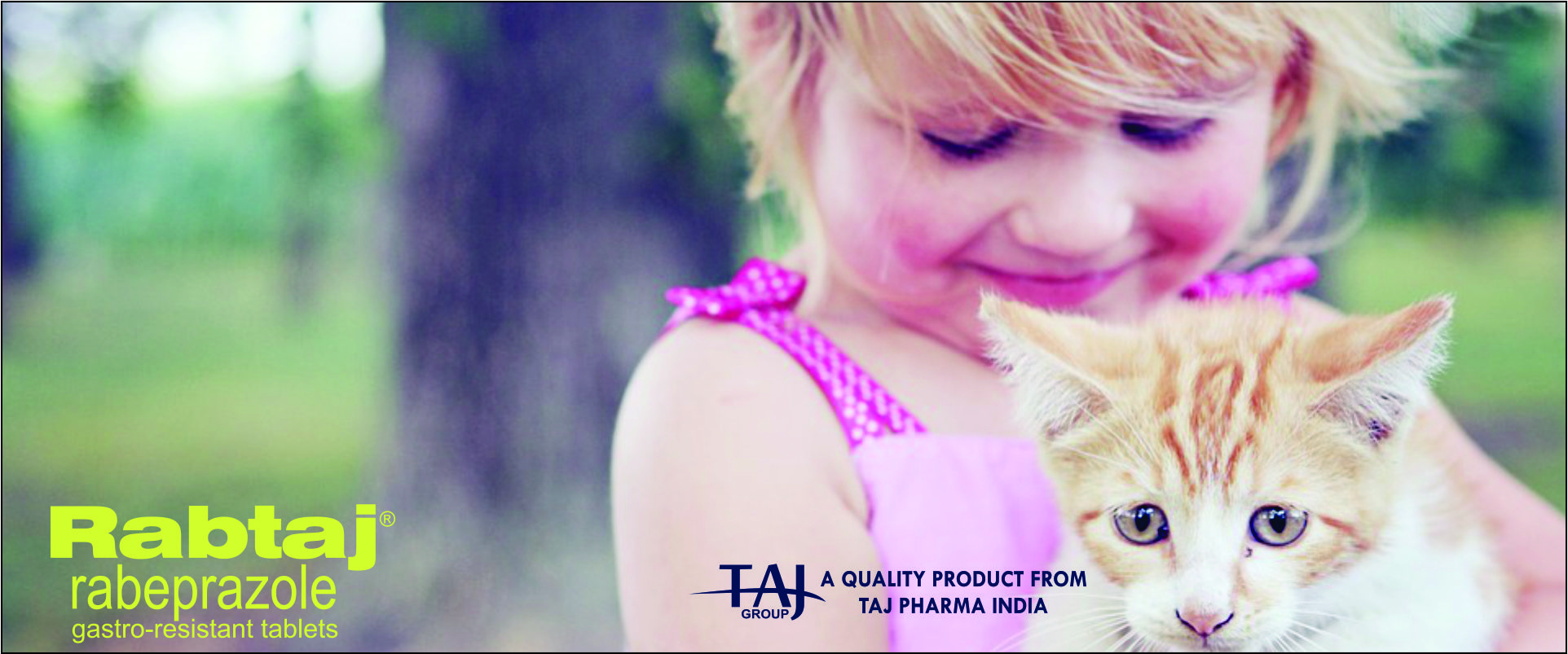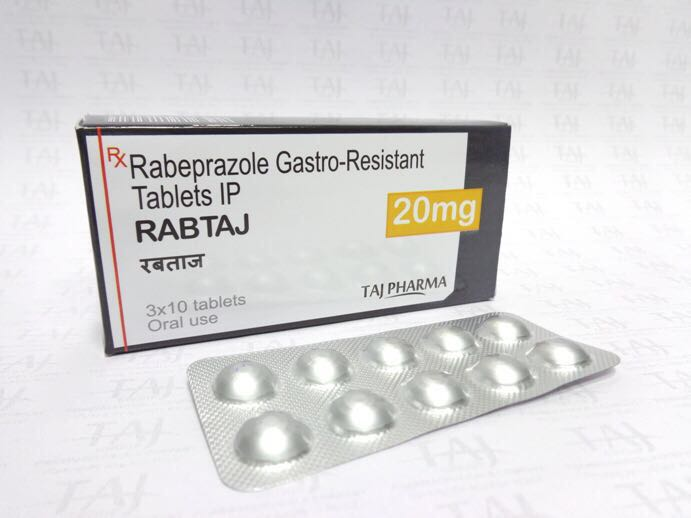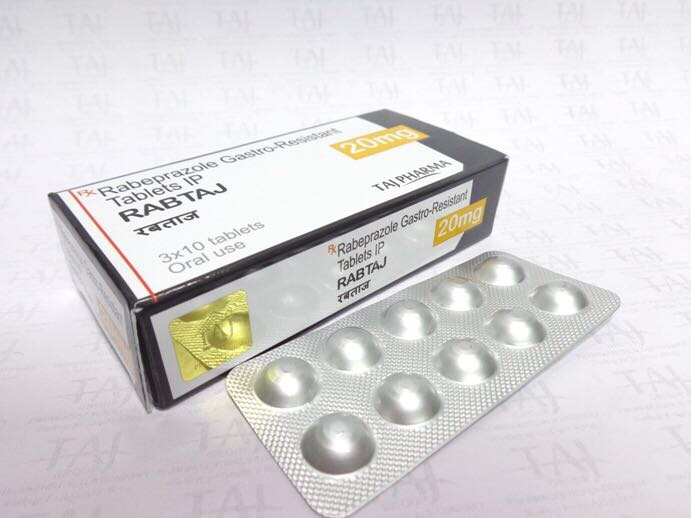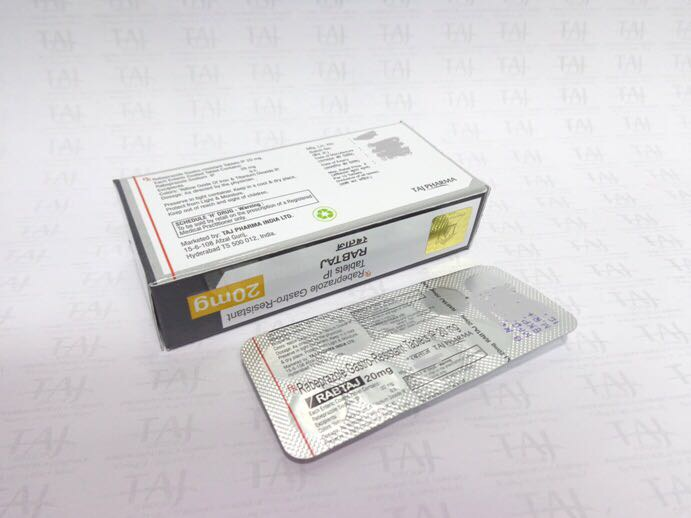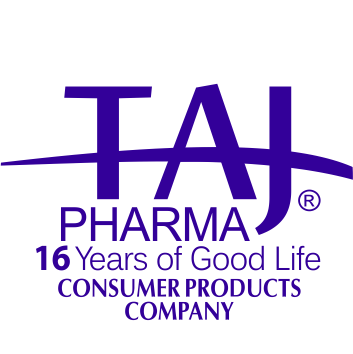The esophagus is a muscular tube connecting the throat (pharynx) with the stomach. The esophagus is about 8 inches long, and is lined by moist pink tissue called mucosa. The esophagus runs behind the windpipe (trachea) and heart, and in front of the spine. Just before entering the stomach, the esophagus passes through the diaphragm.
The upper esophageal sphincter (UES) is a bundle of muscles at the top of the esophagus. The muscles of the UES are under conscious control, used when breathing, eating, belching, and vomiting. They keep food and secretions from going down the windpipe.
The lower esophageal sphincter (LES) is a bundle of muscles at the low end of the esophagus, where it meets the stomach. When the LES is closed, it prevents acid and stomach contents from traveling backwards from the stomach. The LES muscles are not under voluntary control.
Esophagus Conditions
Heartburn: An incompletely closed LES allows acidic stomach contents to back up (reflux) into the esophagus. Reflux can cause heartburn, cough or hoarseness, or no symptoms at all.
Gastroesophageal reflux disease (GERD): When reflux occurs frequently or is bothersome, it's called gastroesophageal reflux disease (GERD).
Esophagitis: Inflammation of the esophagus. Esophagitis can be due to irritation (as from reflux or radiation treatment) or infection.
Barrett's esophagus: Regular reflux of stomach acid irritates the esophagus, which may cause the lower part to change its structure. Very infrequently, Barrett's esophagus progresses to esophageal cancer.
Esophageal ulcer: An erosion in an area of the lining of the esophagus. This is often caused by chronic reflux.
Esophageal stricture: A narrowing of the esophagus. Chronic irritation from reflux is the usual cause of esophageal strictures.
Achalasia: A rare disease in which the lower esophageal sphincter does not relax properly. Difficulty swallowing and regurgitation of food are symptoms.
Esophageal cancer: Although serious, cancer of the esophagus is uncommon. Risk factors for esophageal cancer include smoking, heavy drinking, and chronic reflux.
Mallory-Weiss tear: Vomiting or retching creates a tear in the lining of the esophagus. The esophagus bleeds into the stomach, often followed by vomiting blood.
Esophageal varices: In people with cirrhosis, veins in the esophagus may become engorged and bulge. Called varices, these veins are vulnerable to life-threatening bleeding.
Esophageal ring (Schatzki's ring): A common, benign accumulation of tissue in a ring around the low end of the esophagus. Schatzki's rings usually cause no symptoms, but may cause difficulty swallowing.
Esophageal web: An accumulation of tissue (similar to an esophageal ring) that usually occurs in the upper esophagus. Like rings, esophageal webs usually cause no symptoms.
Plummer-Vinson syndrome: A condition including chronic iron-deficient anemia, esophageal webs, and difficulty swallowing. Iron replacement and dilation of esophageal webs are treatments.
Esophageal stricture: A narrowing of the esophagus, from a variety of causes, which, if narrow enough, may lead to difficult swallowing.
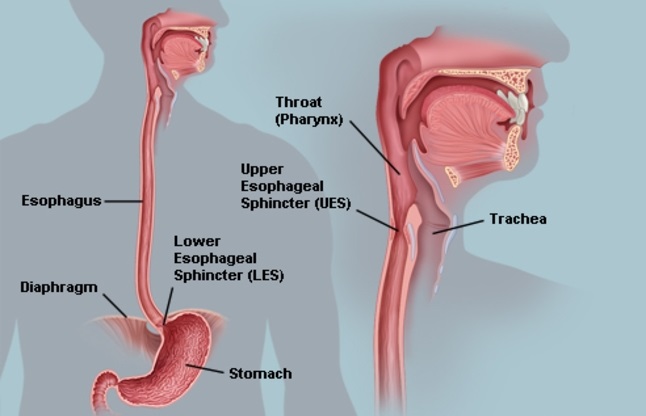
Esophagus Tests
Upper endoscopy, EGD (esophagogastroduodenoscopy): A flexible tube with a camera on its end (endoscope) is inserted through the mouth. The endoscope allows examination of the esophagus, stomach, and duodenum (small intestine).
Esophageal pH monitoring: A probe that monitors acidity (pH) is introduced into the esophagus. Monitoring pH can help identify GERD and follow the response to treatment.
Barium swallow: A person swallows a barium solution, then X-ray films are taken of the esophagus and stomach. Most often, a barium swallow is used to seek the cause of difficulty swallowing.
Esophagus Treatments
H2 blockers: Histamine stimulates acid release in the stomach. Certain antihistamines called H2 blockers can reduce acid, improving GERD and esophagitis.
Proton pump inhibitors: These medicines turn off many of the acid-producing pumps in the stomach wall. Reduced stomach acid can reduce GERD symptoms, and help ulcers or esophagitis to heal.
Esophagectomy: Surgical removal of the esophagus, usually for esophageal cancer.
Esophageal dilation: A balloon is passed down the esophagus and inflated to dilate a stricture, web, or ring that interferes with swallowing.
Esophageal variceal banding: During endoscopy, rubber band-like devices can be wrapped around esophageal varices. Banding causes varices to clot, reducing their chance of bleeding.
Biopsy: Often done through an endoscope, a small piece of the esophagus is taken to be evaluated under a microscope.
Confocal laser endomicroscopy: A new procedure that takes the microscope inside a patient, which may replace the need for many biopsies.
Stomach Problems
The stomach is a muscular organ located on the left side of the upper abdomen. The stomach receives food from the esophagus. As food reaches the end of the esophagus, it enters the stomach through a muscular valve called the lower esophageal sphincter.
The stomach secretes acid and enzymes that digest food. Ridges of muscle tissue called rugae line the stomach. The stomach muscles contract periodically, churning food to enhance digestion. The pyloric sphincter is a muscular valve that opens to allow food to pass from the stomach to the small intestine.
Stomach Conditions
Gastroesophageal reflux: Stomach contents, including acid, can travel backward up the esophagus. There may be no symptoms, or reflux may cause heartburn or coughing.
Gastroesophageal reflux disease (GERD): When symptoms of reflux become bothersome or occur frequently, they’re called GERD. Infrequently, GERD can cause serious problems of the esophagus.
Dyspepsia: Another name for stomach upset or indigestion. Dyspepsia may be caused by almost any benign or serious condition that affects the stomach.
Gastric ulcer (stomach ulcer): An erosion in the lining of the stomach, often causing pain and/or bleeding. Gastric ulcers are most often caused by NSAIDs or H. pylori infection.
Peptic ulcer disease: Doctors consider ulcers in either the stomach or the duodenum (the first part of the small intestine) peptic ulcer disease.
Gastritis: Inflammation of the stomach, often causing nausea and/or pain. Gastritis can be caused by alcohol, certain medications, H. pylori infection, or other factors. Stomach cancer: Gastric cancer is an uncommon form of cancer in the U.S. Adenocarcinoma and lymphoma make up most of the cases of stomach cancer.
Zollinger-Ellison syndrome (ZES): One or more tumors that secrete hormones that lead to increased acid production. Severe GERD and peptic ulcer disease result from this rare disorder.
Gastric varices: In people with severe liver disease, veins in the stomach may swell and bulge under increased pressure. Called varices, these veins are at high risk for bleeding, although less so than esophageal varices are.
Stomach bleeding: Gastritis, ulcers, or gastric cancers may bleed. Seeing blood or black material in vomit or stool is usually a medical emergency.
Gastroparesis (delayed gastric emptying): Nerve damage from diabetes or other conditions may impair the stomach’s muscle contractions. Nausea and vomiting are the usual symptoms.

Stomach Tests
Upper endoscopy (esophagogastroduodenoscopy or EGD): A flexible tube with a camera on its end (endoscope) is inserted through the mouth. The endoscope allows examination of the esophagus, stomach, and duodenum (the first part of the small intestine).
Computed tomography (CT scan): A CT scanner uses X-rays and a computer to create images of the stomach and abdomen.
Magnetic resonance imaging: Using a magnetic field, a scanner creates high-resolution images of the stomach and abdomen.
pH testing: Using a tube through the nose into the esophagus, acid levels in the esophagus can be monitored. This can help diagnose or change treatment for GERD.
Barium swallow: After swallowing barium, X-ray films of the esophagus and stomach are taken. This can sometimes diagnose ulcers or other problems.
Upper GI series: X-rays are taken of the esophagus, stomach, and upper part of the small intestine.
Gastric emptying study: A test of how rapidly food passes through the stomach. The food is labeled with a chemical and viewed on a scanner.
Stomach biopsy: During an endoscopy, a doctor can take a small piece of stomach tissue for tests. This can diagnose H. pylori infection, cancer, or other problems.
H. pylori test : While most people with H. pylori infection don't develop ulcers, simple blood or stool tests can be done to check for infection in people with ulcers or to verify that the infection is wiped out after treatment..
Stomach Treatments
Histamine (H2) blockers: Histamine increases stomach acid secretion; blocking histamine can reduce acid production and GERD symptoms.
Proton pump inhibitors: These medicines directly inhibit the acid pumps in the stomach. They must be taken daily to be effective.
Antacids: These medicines can help against the effects of acid but don't kill bacteria or stop acid production.
Endoscopy: During an upper endoscopy, tools on the endoscope can sometimes stop stomach bleeding, if present.
Motility agents: Medicines can increase contraction of the stomach, improving symptoms of gastroparesis.
Stomach surgery: Cases of severe stomach bleeding, ruptured ulcers, or cancer require surgery to be cured.
Antibiotics: H. pylori infection can be cured with antibiotics, which are taken with other medicines to heal the stomach.
The esophagus is the muscular tube that carries food and liquids from your mouth to the stomach. You may not be aware of your esophagus until you swallow something too large, too hot, or too cold. You may also notice it when something is wrong. You may feel pain or have trouble swallowing.
The most common problem with the esophagus is GERD (gastroesophageal reflux disease). With GERD, a muscle at the end of your esophagus does not close properly. This allows stomach contents to leak back, or reflux, into the esophagus and irritate it. Over time, GERD can cause damage to the esophagus.
Other problems include heartburn, cancer, and eosinophilic esophagitis. Doctors may use various tests to make a diagnosis. These include imaging tests, an upper endoscopy, and a biopsy.
Treatment depends on the problem. Some problems get better with over-the-counter medicines or changes in diet. Others may need prescription medicines or surgery.
Click here for Download pdf of patient informationClick here for Download pdf of prescribing information
